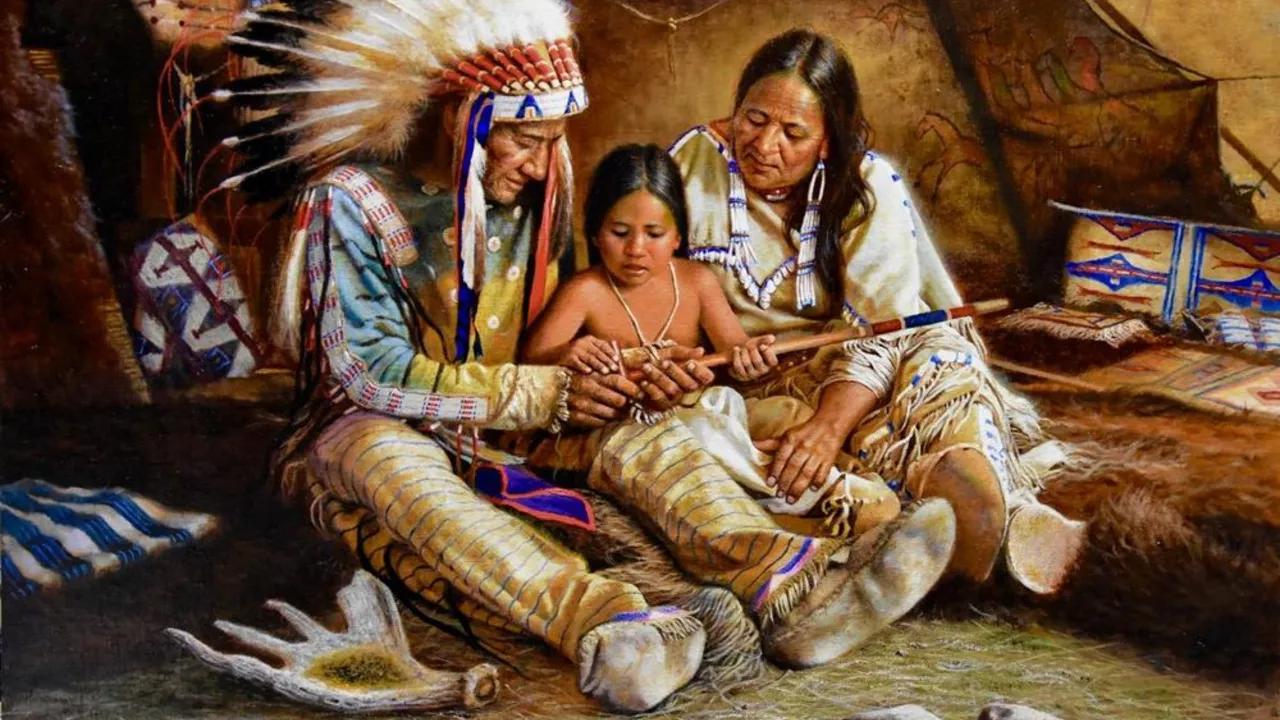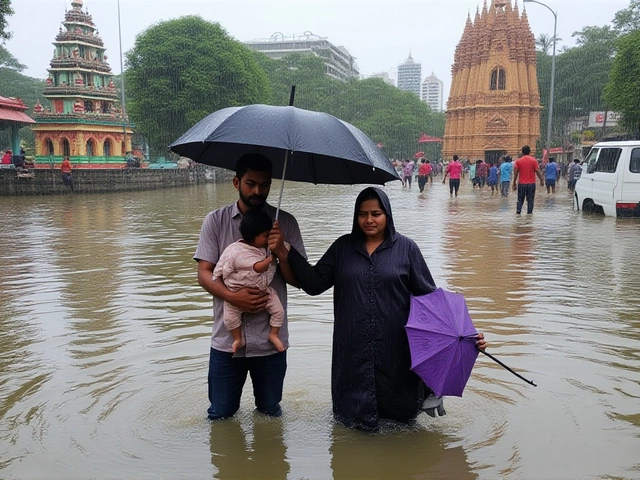Chumash Indians: A Quick Look at Their Past and Present
When you think of California’s native peoples, the name Chumash often pops up. They lived along the coast from San Luis Obispo down to Santa Barbara, and their story is full of clever engineering, deep spirituality, and a strong connection to the ocean. This page gives you a fast, friendly rundown of who the Chumash were, what made their culture special, and where they are today.
Who Were the Chumash?
The Chumash weren’t a single tribe but a group of related villages that shared language and customs. They built impressive plank houses that could hold dozens of families, and their skill with wooden boats—called tomols—was unrivaled. These boats let them fish, trade, and travel between islands, making the coast a bustling network centuries before Europeans arrived.
Their art tells a big part of their story. Intricately carved rock art, polished shell beads, and detailed basketry show a people who loved beauty and had a keen eye for detail. Spiritual life revolved around the land and sea; they believed in powerful spirits called k’áwilká that lived in specific places like caves, cliffs, and tide pools. Ceremonies often involved dancing, singing, and the use of rattles made from natural materials.
Modern Chumash Communities
Today, Chumash descendants live on several federally recognized reservations, such as the Santa Ynez and Barbareño reservations. They are working hard to keep their language alive, offering classes and using digital tools to teach younger members. Cultural events like the annual Chumash Festival let the community showcase traditional music, dance, and food—think fresh fish, seaweed, and locally gathered fruits.
Economic development is a big focus. Many tribal enterprises run casinos, hotels, and tourism businesses that fund health care, education, and cultural programs. At the same time, they face challenges like protecting sacred sites from development and dealing with environmental changes that affect marine life.
If you want to learn more, visiting a Chumash cultural center or museum is a great start. Look for displays on the tomol, stone tools, and storytelling sessions that bring ancient myths to life. Supporting local Chumash artisans by buying their crafts also helps keep traditions thriving.
In short, the Chumash Indians have a past that’s as rich as the California coastline they called home, and a present that blends tradition with modern resilience. By understanding their history and supporting their present efforts, we all get a clearer picture of the diverse tapestry that makes up America’s native heritage.

The Chumash Indians are a fascinating group with a rich history worth exploring. They were one of the earliest tribes in California, known for their advanced knowledge in astronomy and boat engineering. They were skilled craftsmen, creating intricate basketry and beadwork. Their society was complex and organized, with a well-defined political structure and religious practices. Sadly, like many native tribes, their population drastically declined due to European colonization but their legacy continues to influence California's cultural landscape.
Continue Reading





